Editor’s Note: CNN’s series often carry sponsorship originating from the countries and regions we profile. However, CNN retains full editorial control over all of its reports. Our sponsorship policy.
If you’ve heard anything about Oman, chances are it was about Muscat. With good reason.
This desert haven wrapped by mountains is a peaceful and uncrowded spot with five-star hotels, white sand beaches and warm waters.
As well as some of the best diving in the world, it has a souk to rival Istanbul’s Grand Bazaar, only without the all the jostling. But that’s not even the half of it.
Oman is opening to tourism, and some of its greatest treasures are found only a day or so away from the capital. Here’s a pick of highlights when touring one of the world’s most intriguing destinations:
1. Musandam Fjords
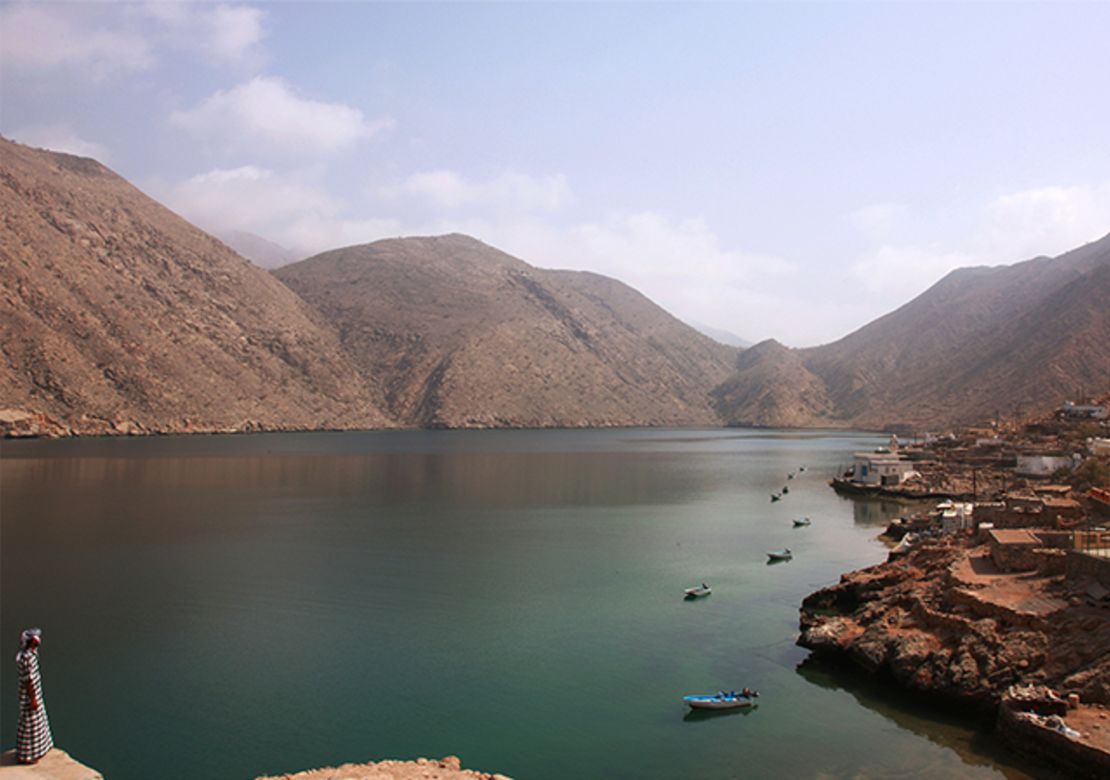
Musandam is a small triangle bound in by the United Arab Emirates and the Strait of Hormuz – not really the kind of place you’d expect to find something named after a geographic feature commonly associated with Norway.
But these unique inlets with mountains rising directly from sea level to 2,000 meters prove Oman is more diverse than many realize. There’s no ice, of course. Winter temperatures average about 23 C (73 F).
Instead there are golden brown and red rock faces speckled with palm-filled oases separated by clear, warm waters.
There are fishing villages, the traditional townships of Khasab and Dibba and forts and wadis to explore on land, but the best way to explore the region is on an antique wooden dhow, taken for the day, or even chartered overnight.
Where to stay: Six Senses Zighy Bay; +968 2673 5555
2. The Omani Grand Canyon (Wadi Ghul)
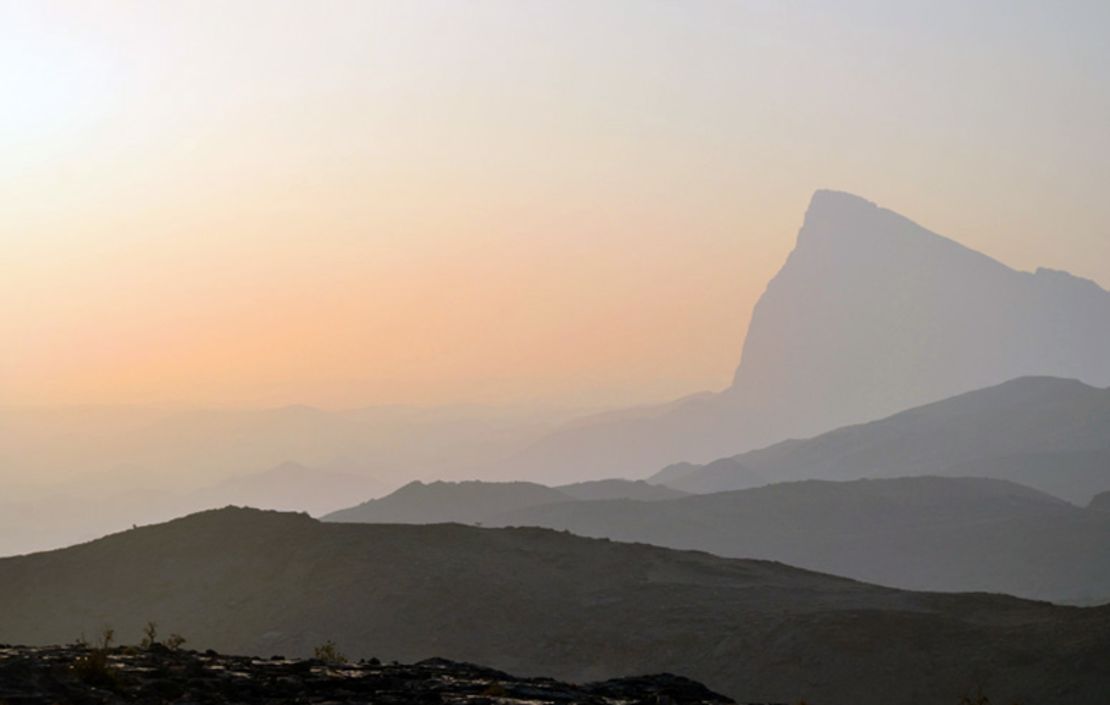
The Al Hajar Mountains (which stretch from just behind Muscat for several hours’ drive in the direction of Dubai) look like the surface of Mars.
Craggy and barren, they rise dramatically out of a gravelly desert floor up to more than 3,000 meters at Jebel Shams, also called the Mountain of the Sun.
It’s possible to drive to the top, past 500-year-old stone mountain villages, kids selling goat hair charms and views that would look over to Saudi Arabia if not for the desert haze.
From the summit Wadi Ghul can be observed. This eight-kilometer gash drops almost vertically by 1,000 meters at points. There are date groves, ancient villages and wadis for exploring, a spectacular rim walk and traditional guesthouses for delving into Omani life.
3. The Green Mountain
Jebel Akhdar (“The Green Mountain”) is almost as high as Jebel Shams, but has one major difference – it’s green. After winding over snake-like roads through the barren rocky landscape to the Saiq Plateau, there’s a shock of verdant terraces filled with pomegranate trees, figs, roses, almonds and barley grass.
A falaj system (drainage older than the buildings) trickles its way through five villages, taking sparse water to the stony fields.
It’s possible to trace this on an easy day-long walk taking in stepped inclines, ravenous mountain goats, brightly painted gates and crescents atop simple mosques.
Where to stay: Alila Hotel and Spa, Plot No.4 Al Roose, Jabal Al Akhdar, Nizwa; +968 2534 4200
7 deluxe reasons to visit Oman
4. Birkat al Mawz
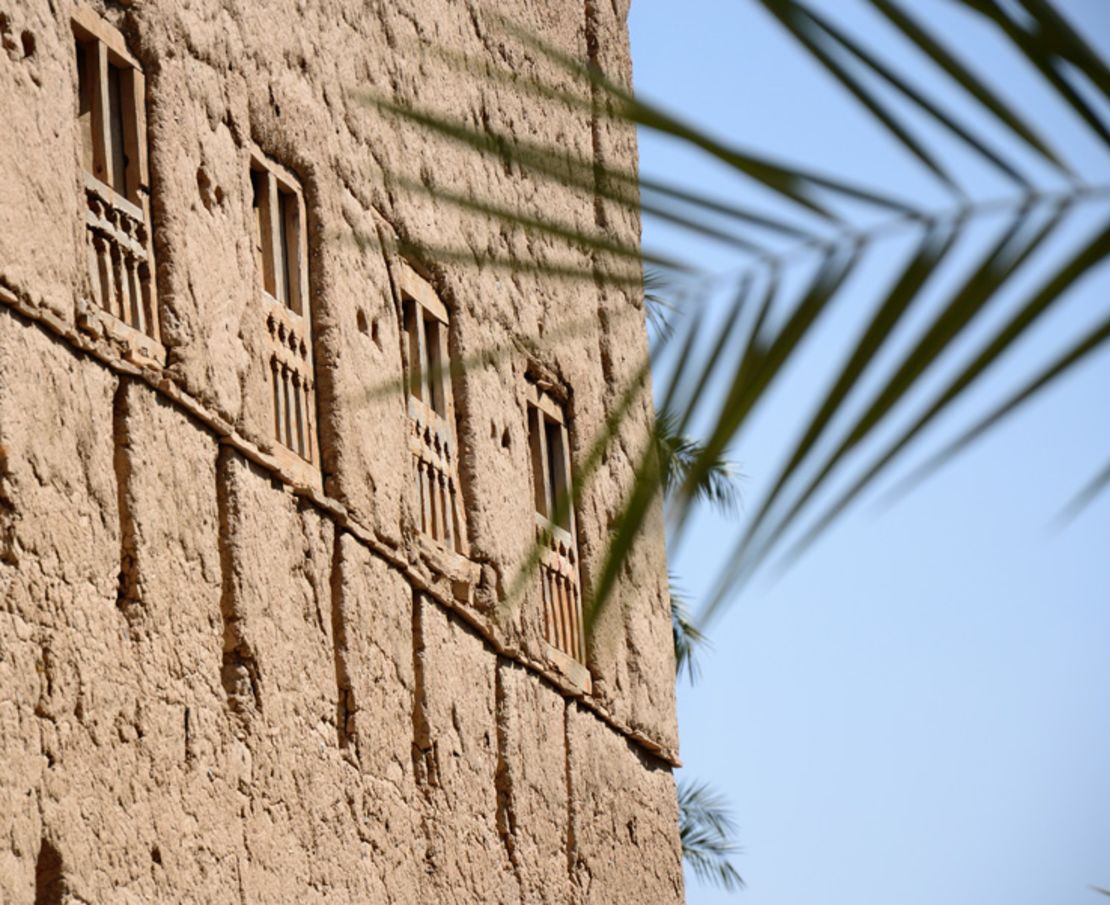
The Al Hajar Mountains are full of abandoned villages, but Birkat al Mawz is possibly the largest, and definitely the easiest to explore.
Part of the village still functions, so anyone heading to the deserted adobe dwellings that cower in the shade of Jebel Akhdar is urged not to bother the residents.
There’s a constant reminder of the fragile nature of the architecture despite its survival in desolation for more than a hundred years.
Bastikiya roofs over painted beams crumble, muddy render turns to dust and desert wind whistles through the cracks and windows. It’s worth checking out Bayt ar Ridaydah (a reconstructed fort) and the giant Falaj Al Khatmeen irrigation system – UNESCO-listed and one of the largest still in existence in Oman.
Where to stay: The Golden Tulip, Hai a Thurat, Nizwa; +1 855 323 2005
5. Bahla and surrounding area
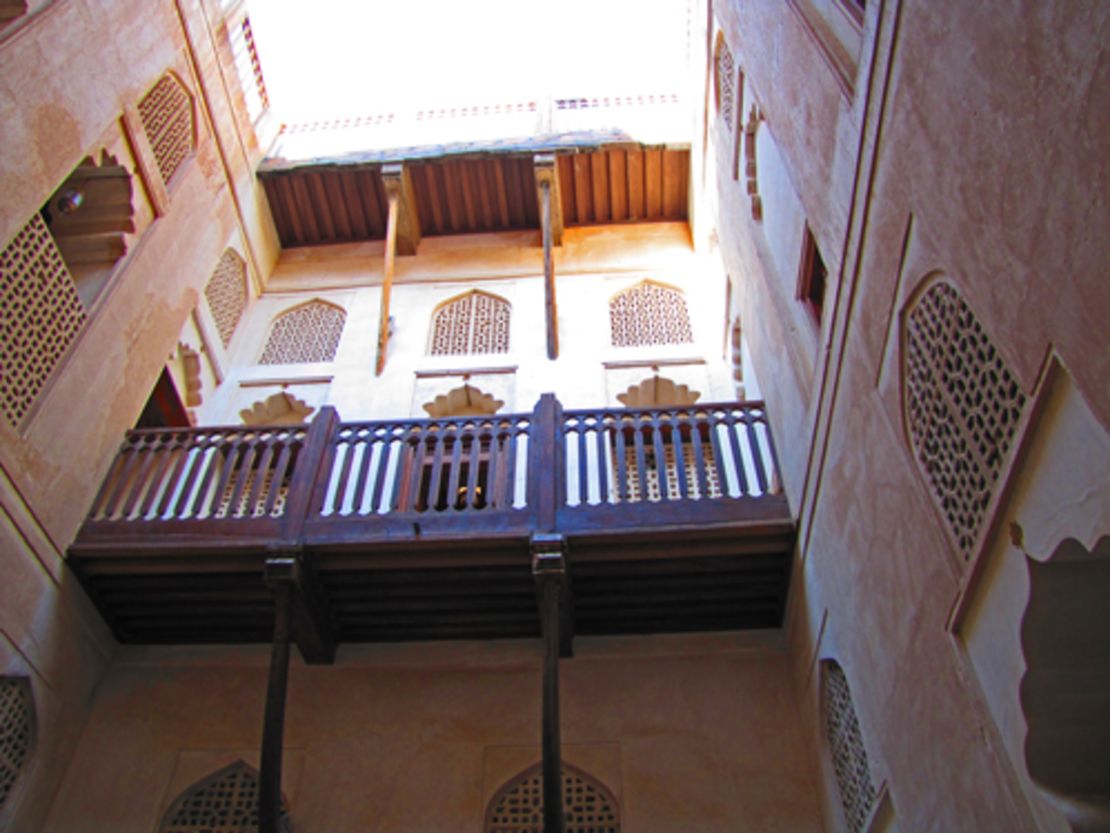
The township of Bahla is also a World Heritage Site, thanks to its remarkable fort, which has dipped between glory and disrepair in cycles that some say date to 500 BC.
The last restoration was in 2010, and it’s definitely in good shape now.
An ancient wall surrounds the village, which remains a fairly traditional country oasis. While touring, it’s possible to take in the local mud brick dwellings (harats), the Friday Mosque and the open-air souk.
A short drive from Bahla is Jabreen Castle, a 17th-century palace. Unlike Bahla, this castle was built in peacetime, and where the former is hard and unadorned, Jabreen is ornate and welcoming.
Its many levels offer views over date groves and the desert.
Where to stay: The View, Ruwi; +968 2440 0873
6. Wadis of al Rustaq
Stretching up the Gulf of Oman to the northwest from Muscat, the highway skims the beach and banana plantations in the shadow of the Mountain of the Sun and Jebel Akhdar.
The horseshoe road that leads from Al Masnaah back down to Al Khaburah is the trail most take up to the Hajar Mountains, but on this side it’s all about the troughs (wadis), not the peaks.
A wadi is a valley, which in season fills with valuable water, and the area around Rustaq has some of the more dramatic ones in the country, including many that flow year round.
Wadi al Hoqain (also spelled Hawqayn) is the greatest, but there are many to traverse, with pools for swimming, waterfalls and treks past plantations, sleepy villages and sinkholes, even hot springs.
There’s a need for caution though. This steep and torn landscape is continually carved by mightily flowing water, and it’s easy to be swept away from both road or stream in wet weather.
Where to stay: Millennium Resort Mussanah, Wudam Al Sahil, Mussanah; +968 268 71555
7. Wahiba Sands (A’Sharqiyah Sands)
For perspective on this place, it’s worth checking out Google Earth – it’s the massive yellow-striped bit just below Ibra. Most of Oman is desert, but the golden corduroy bowl of the Wahiba Sands feels like a true wasteland movie set.
With dunes around 100 meters, multicolored sands, Bedouin and camels, it’s definitely a rival to the Empty Quarter of Arabia, Wadi Rum or the deep Sahara.
Accessible via 4WD only, visitors can arrive accompanied and stay overnight at one of a few desert camps that cater to budget or luxury travelers with activities including sand boarding and treks with a Bedouin guide.
The more adventurous might want to tackle the drive and camp solo – expect plenty of near-vertical pitching in soft sand and quad-bikes roaring in the area.
Where to stay: Thousand Nights Camp, Mandinat Al Sultan Qaboos; +968 994 48158
8. Sur Turtles
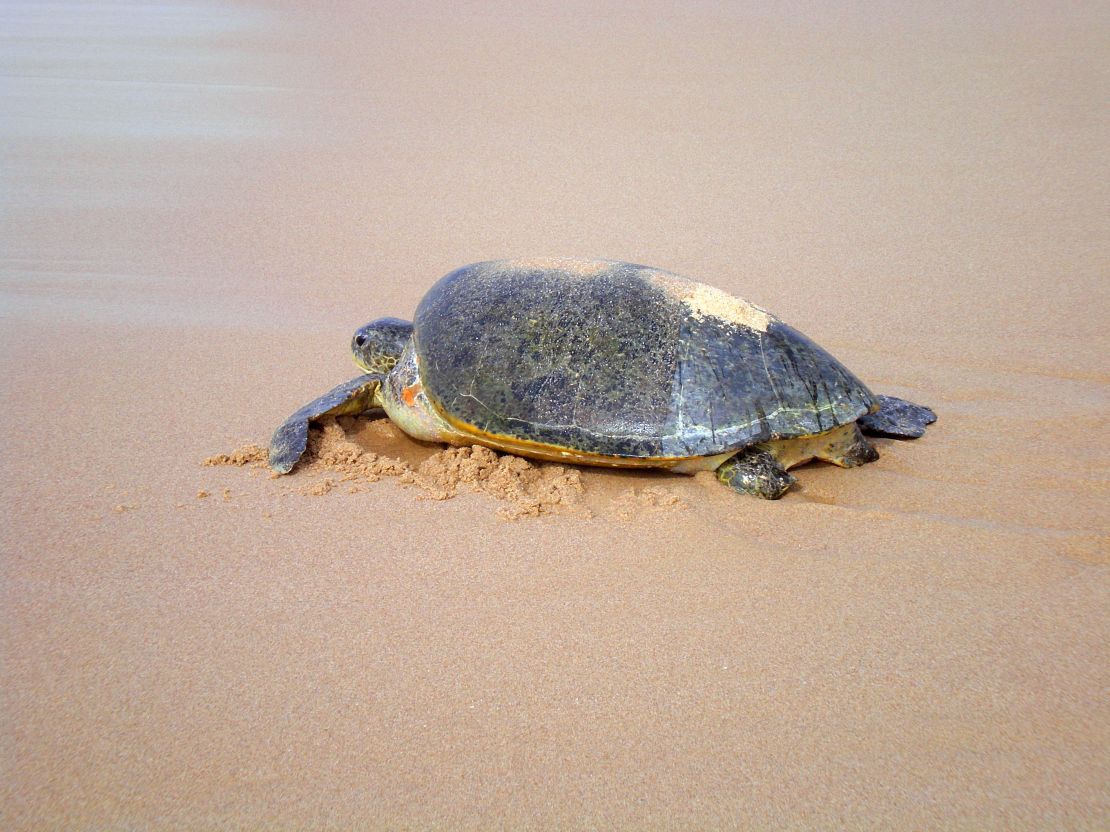
A short drive from the Wahiba Sands, and a jump over Wadi Bani Khalid (another of Oman’s great swimming holes), lies the port town of Sur.
There are a couple of castles, plenty of pretty boats and some nice beaches, but most people come for the turtles.
The Ras al Hadd Turtle Reserve is close by. It’s open to the public and fairly well policed. Cars must enter and park by 8:30 p.m. A quiet walk to the beach and several hours of sitting provides visitors with a view of mother turtles laying their eggs.
The Ras al Jinz resort just to the south provides more private viewing available only to hotel guests. Reached by plane or ferry, Masirah Island to the south provides a similar experience with even more wildlife and less human interaction.
Where to stay: Ras al Hadd Turtle Reserve; +968 9655 0606
9. Salalah
Salalah is the one place in the region worth heading in summer.
In most of Oman, daytime summer temperatures reach average Celsius highs well into the 40s – day after day after day.
In Salalah, the southeast monsoon keeps things more than 10 degrees lower, and it rains – day after day after day.
Known locally as the Khareef, the season is celebrated with a six-week-long festival, and people who are used to dealing with the harshness of a desert climate actually dance in the rain.
The brown mountains are thickly clothed in green, the wadis fill to the brim and it’s possible to understand how the Middle East once possessed a fertile crescent.
Outside the Khareef, however, there’s still reason to visit. Salalah is the perfume capital of the Middle East, with a UNESCO-listed frankincense plantation.
It also has exceptional biblical sites to explore, such as the summer residence of the Queen of Sheba, and Job’s Tomb. The area has five-star resorts dressed up as exotic Arabian villages, fine sandy beaches and clear turquoise waters.
Where to stay: Salalah Rotana Resort, Al Saadah, PC 215 Salalah Beach Resort, Taqah Road; +968 2327 5700
9 of Asia’s most underrated attractions
The Middle East’s most opulent hotel rooms
9 modern architectural wonders of the Mideast
Sarah Walton is a freelance writer based Dubai. She writes a culinary travel blog at www.thehedonista.com











